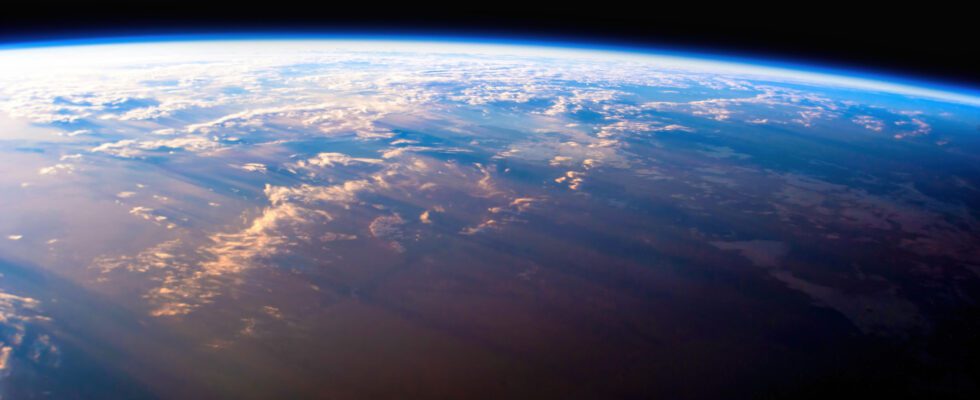SpaceX launched the first cluster of its second-generation Starlink satellites on Tuesday. 21 V2 Mini satellites were loaded into a heavy Falcon 9 rocket from Florida.
SpaceX CEO Elon Musk said confirmed that the V2 Mini satellites had reached their orbit. In December, the FCC, the American trade regulatory authority, granted SpaceX the authorization to launch 7,500 of the 30,000 Starlink Gen2 satellites. These satellites can operate at altitudes of 525, 530 and 535 kilometers using frequencies in the Ku and Ka bands. They also use E band for backhaul.
Starlink V2 Mini weigh 800 kilograms, three times the weight of older Starlink satellites
The second-generation Starlink satellites come in two variants: the V2 Mini and the larger V2 Full. The V2s are compatible with the Starship launch vehicle while the V2 Minis are compatible with the Falcon 9 launch vehicle. So far, SpaceX has launched the first generation Starlink satellites in batches of 50 to 60.” V2 satellites launched on Falcon 9 are a bit smaller. But don’t let the name fool you, a V2 Mini satellite has four times the user-serving capacity of its previous counterparts,” SpaceX said in a statement.
SpaceX did not specify what the capacity of each of its V2 Mini satellites was. According to Ars Technica, the first generation was designed for an aggregate downlink capacity of 17-23 Gbps each. So far, SpaceX has launched nearly 4,000 satellites. According to Spaceflight Now, the Starlink V2 Mini satellites weigh around 800 kilograms, which is three times the weight of older Starlink satellites. They are also much larger, with a width of 4.1 meters. And once the solar panel wings are open in orbit, the satellites have a range of 30 meters, compared to 11 meters for the original.
But the big criticism made of these satellites is the light pollution they cause.
Dielectric mirrors and dark paint
On this point, SpaceX experimented unsuccessfully with the first generation with a dark paint to absorb sunlight. Then a visor, named VisorSat, to prevent sunlight from hitting the satellite. SpaceX ensures that this device, coupled with flight configuration changes to minimize solar reflections on the surface of the satellites, works correctly.
For its second generation of satellites, SpaceX claims to have developed “a combination of dielectric mirror films, which reflect sunlight away from Earth, and low-reflectivity black paint. Thus, although our V2 Mini satellites are bigger than previous releases, we expect them to be just as dark, if not darker.”
Drawing on its experience, SpaceX now also ensures that “no debris remains in space for more than five years, if a satellite becomes unmaneuverable”. This precision is intended to reassure the critics of these generations of satellites, launched in clusters, and whose economic model is based on redundancy in the event of failure. SpaceX now ensures that the reliability of its satellites is 99% on the first generation. This would mean that only 40 first-generation satellites failed. The company also ensures that the operation of satellites below an altitude of 600 kilometers ensures the disintegration of defective or end-of-life devices when they enter the atmosphere.
Source: “ZDNet.com”
